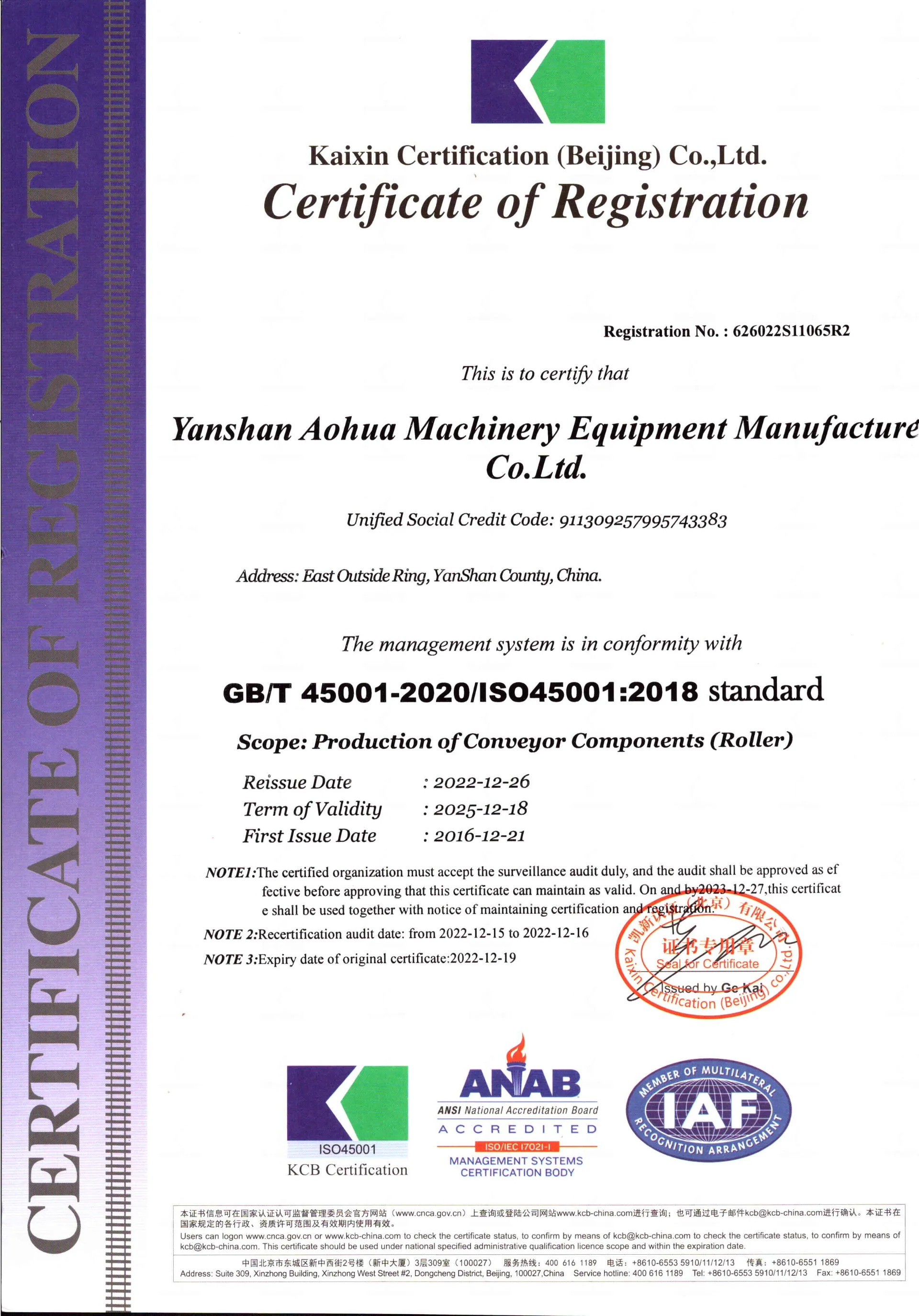 Afrikaans
Afrikaans  Albanian
Albanian  Amharic
Amharic  Arabic
Arabic  Armenian
Armenian  Azerbaijani
Azerbaijani  Basque
Basque  Belarusian
Belarusian  Bengali
Bengali  Bosnian
Bosnian  Bulgarian
Bulgarian  Catalan
Catalan  Cebuano
Cebuano  Corsican
Corsican  Croatian
Croatian  Czech
Czech  Danish
Danish  Dutch
Dutch  English
English  Esperanto
Esperanto  Estonian
Estonian  Finnish
Finnish  French
French  Frisian
Frisian  Galician
Galician  Georgian
Georgian  German
German  Greek
Greek  Gujarati
Gujarati  Haitian Creole
Haitian Creole  hausa
hausa  hawaiian
hawaiian  Hebrew
Hebrew  Hindi
Hindi  Miao
Miao  Hungarian
Hungarian  Icelandic
Icelandic  igbo
igbo  Indonesian
Indonesian  irish
irish  Italian
Italian  Japanese
Japanese  Javanese
Javanese  Kannada
Kannada  kazakh
kazakh  Khmer
Khmer  Rwandese
Rwandese  Korean
Korean  Kurdish
Kurdish  Kyrgyz
Kyrgyz  Lao
Lao  Latin
Latin  Latvian
Latvian  Lithuanian
Lithuanian  Luxembourgish
Luxembourgish  Macedonian
Macedonian  Malgashi
Malgashi  Malay
Malay  Malayalam
Malayalam  Maltese
Maltese  Maori
Maori  Marathi
Marathi  Mongolian
Mongolian  Myanmar
Myanmar  Nepali
Nepali  Norwegian
Norwegian  Norwegian
Norwegian  Occitan
Occitan  Pashto
Pashto  Persian
Persian  Polish
Polish  Portuguese
Portuguese  Punjabi
Punjabi  Romanian
Romanian  Russian
Russian  Samoan
Samoan  Scottish Gaelic
Scottish Gaelic  Serbian
Serbian  Sesotho
Sesotho  Shona
Shona  Sindhi
Sindhi  Sinhala
Sinhala  Slovak
Slovak  Slovenian
Slovenian  Somali
Somali  Spanish
Spanish  Sundanese
Sundanese  Swahili
Swahili  Swedish
Swedish  Tagalog
Tagalog  Tajik
Tajik  Tamil
Tamil  Tatar
Tatar  Telugu
Telugu  Thai
Thai  Turkish
Turkish  Turkmen
Turkmen  Ukrainian
Ukrainian  Urdu
Urdu  Uighur
Uighur  Uzbek
Uzbek  Vietnamese
Vietnamese  Welsh
Welsh  Bantu
Bantu  Yiddish
Yiddish  Yoruba
Yoruba  Zulu
Zulu belt conveyor roller types
Understanding Belt Conveyor Roller Types A Key Component in Material Handling
Belt conveyors are a staple in various industries, from mining and manufacturing to logistics and food processing. Among the critical elements of a belt conveyor system, rollers play a pivotal role in supporting the belt and influencing its effectiveness and efficiency. Understanding the different types of belt conveyor rollers is essential for selecting the appropriate equipment for specific applications.
1. Types of Belt Conveyor Rollers
Belt conveyor rollers can be categorized based on their design, function, and construction materials. Here are the most common types
A. Idler Rollers
Idler rollers are the backbone of any belt conveyor. These rollers do not have a driving mechanism; instead, they support the belt and help maintain its shape and alignment. Idler rollers can further be divided into
- Carrying Idlers These rollers bear the load of the conveyed materials. Depending on the design, they can come in various configurations, such as flat, trough, or V-shaped idlers to accommodate different materials and belt designs.
- Return Idlers Located on the return side of the conveyor, these rollers support the empty belt returning for another load. Return idlers are simpler in design, often comprising flat rollers.
B. Drive Rollers
Drive rollers, or drive pulleys, are critical for moving the conveyor belt. They are powered by a motor and play a significant role in controlling the belt's speed and direction. The drive roller is usually located at the tail end of the conveyor system. These rollers may have a textured surface to enhance friction and traction, ensuring efficient belt movement.
C. Snub Rollers
Snub rollers are utilized to increase belt tension, improve tracking, or redirect the belt. They are generally positioned at strategic points in the conveyor system to modify the belt's path and help in maintaining optimal alignment. Snub rollers can also assist in ensuring that the belt stays engaged with drive rollers.
D. Return-Belt Rollers
These are specialized return rollers designed to minimize wear and prolong the life of the conveyor belt
. They are often covered with rubber or other wear-resistant materials to reduce friction with the returning belt.belt conveyor roller types

E. Impact Rollers
Impact rollers are placed at loading areas or points where materials drop onto the conveyor belt. They are designed to absorb the shock from heavy materials, reducing the risk of damaging the belt and the overall conveyor system. Impact rollers typically have a robust construction to handle significant weight and impact forces.
2. Construction Materials
Belt conveyor rollers can also be categorized based on the materials used in their construction, which can affect their performance and durability
- Steel Rollers Known for their strength and longevity, steel rollers are commonly used in heavy-duty applications, particularly in mining and bulk material handling.
- Plastic Rollers Lighter and more resistant to corrosion, plastic rollers are often employed in food processing and other industries where hygiene is paramount. They are easy to clean and maintain.
- Rubber Coated Rollers These rollers are often used where added grip is needed, particularly on drive rollers. The rubber coating helps to increase friction between the roller and the belt, ensuring better traction during operation.
3. Selecting the Right Roller
When selecting the appropriate roller for a belt conveyor system, several factors must be considered, including
- Material Type The type of materials being conveyed will influence the choice of rollers, with heavier materials requiring more robust constructions.
- Belt Width and Speed Rollers must be compatible with the belt's width and designed to handle its speed without excessive wear.
- Environmental Conditions Factors such as temperature, humidity, and exposure to chemicals must be taken into account to ensure the durability and reliability of the rollers.
Conclusion
In conclusion, the various types of belt conveyor rollers play a critical role in the efficiency and reliability of conveyor systems across industries. By understanding the different types of rollers available—such as idler, drive, snub, return-belt, and impact rollers—industry professionals can make informed decisions that enhance operational performance and reduce maintenance costs. Properly selected and maintained rollers will contribute significantly to the overall effectiveness of any material handling system.
-
Revolutionizing Conveyor Reliability with Advanced Rubber Lagging PulleysNewsJul.22,2025
-
Powering Precision and Durability with Expert Manufacturers of Conveyor ComponentsNewsJul.22,2025
-
Optimizing Conveyor Systems with Advanced Conveyor AccessoriesNewsJul.22,2025
-
Maximize Conveyor Efficiency with Quality Conveyor Idler PulleysNewsJul.22,2025
-
Future-Proof Your Conveyor System with High-Performance Polyurethane RollerNewsJul.22,2025
-
Driving Efficiency Forward with Quality Idlers and RollersNewsJul.22,2025





























